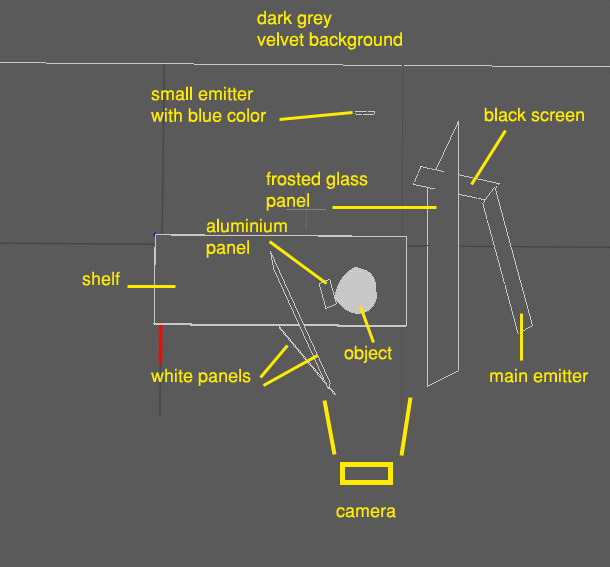Model for Rendering Samples - Green Dragon
-
A last green one from me, this time with the used simple light scene...
(Indigo Renderer)
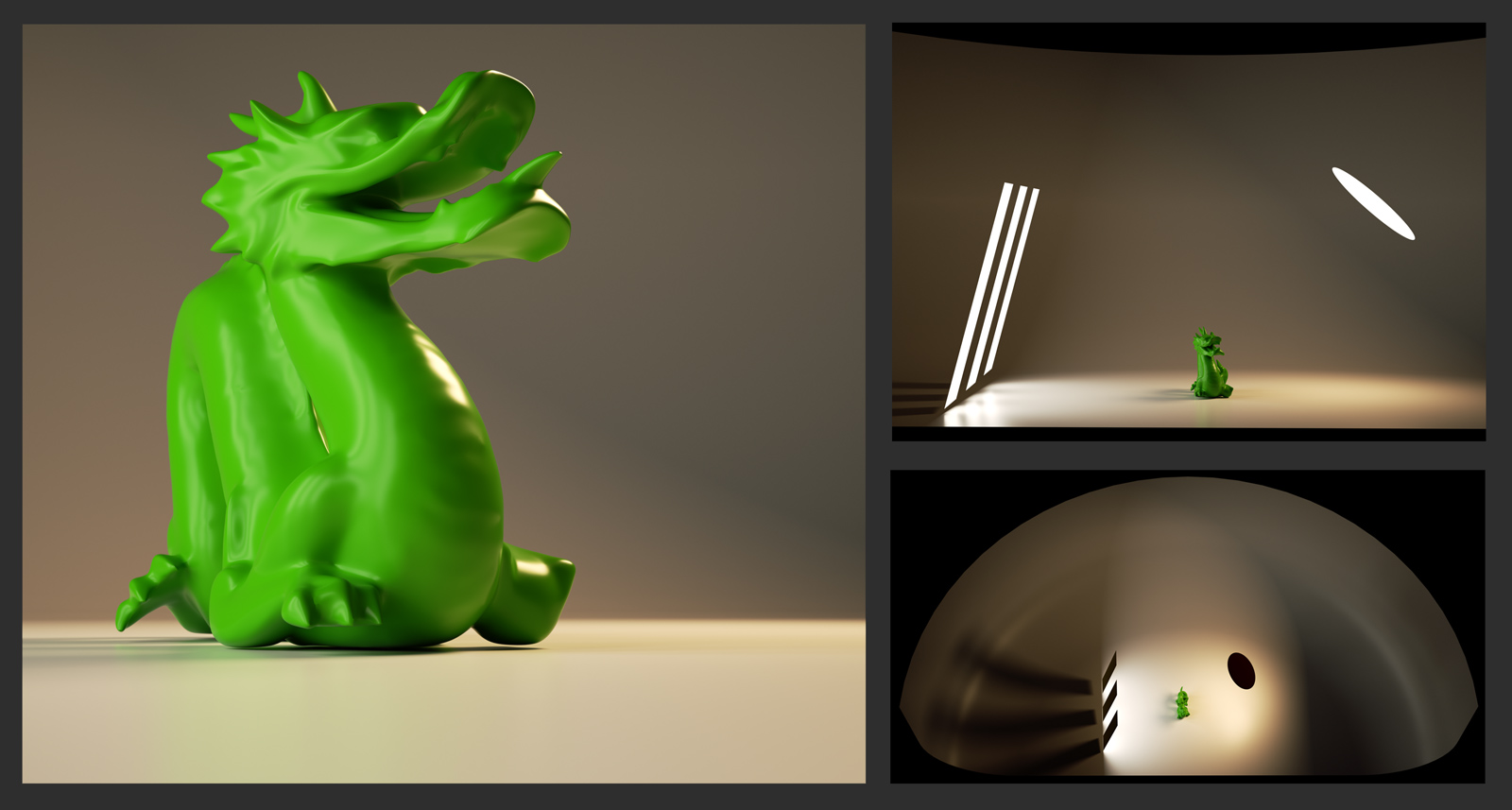
-
-
@frederik said:
@jeff hammond said:
that metal looks awesome.
You can get it here...

i almost switched to thea a while back.. i tried it for a few days and i liked it.
it's just when i had to make some renders for a project, i ended up using indigo for it since it's more familiar and i like that one too.idk, i guess if rendering was a more important aspect of my work -- or, if i were more passionate about rendering from a hobby pov, i'd be more inclined to switch over or experiment with thea more..
but for my requirements, i'm pretty happy with indigo so i'll probably just keep using it
(not to mention, i have a lifetime indigo license so.... )
)@unknownuser said:
That dragon is not UV-mapped... It would definitely be a challenge just to do that...

oh.. right-- that would present a challenge

i was thinking of the tin can rendering you did a few months ago which had some old looking metal on it and thought something similar would look nice on the dragon.. but yeah, the tin can was round and way easier to map.
-
-
How about old gold.
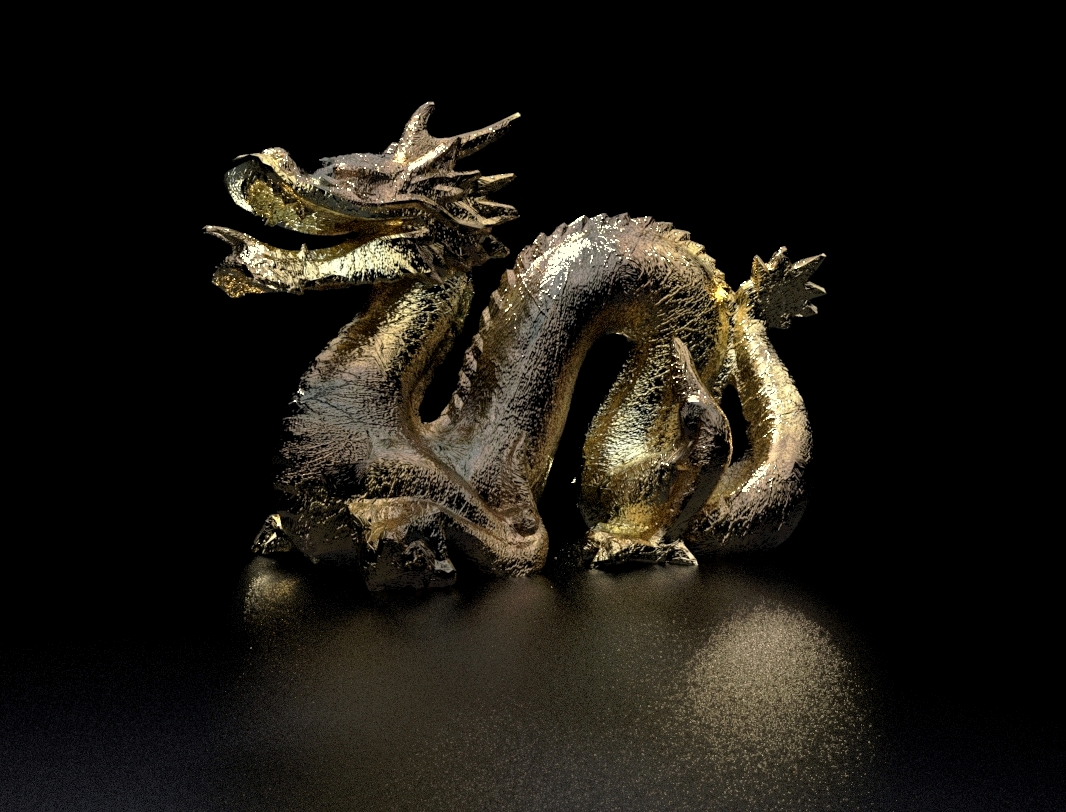
-
I'm experimenting in recreating still life set-ups taken from real life. Here is one, I've also attached a schematic setting of the scene for those who are interested.
Rendered in Thea.
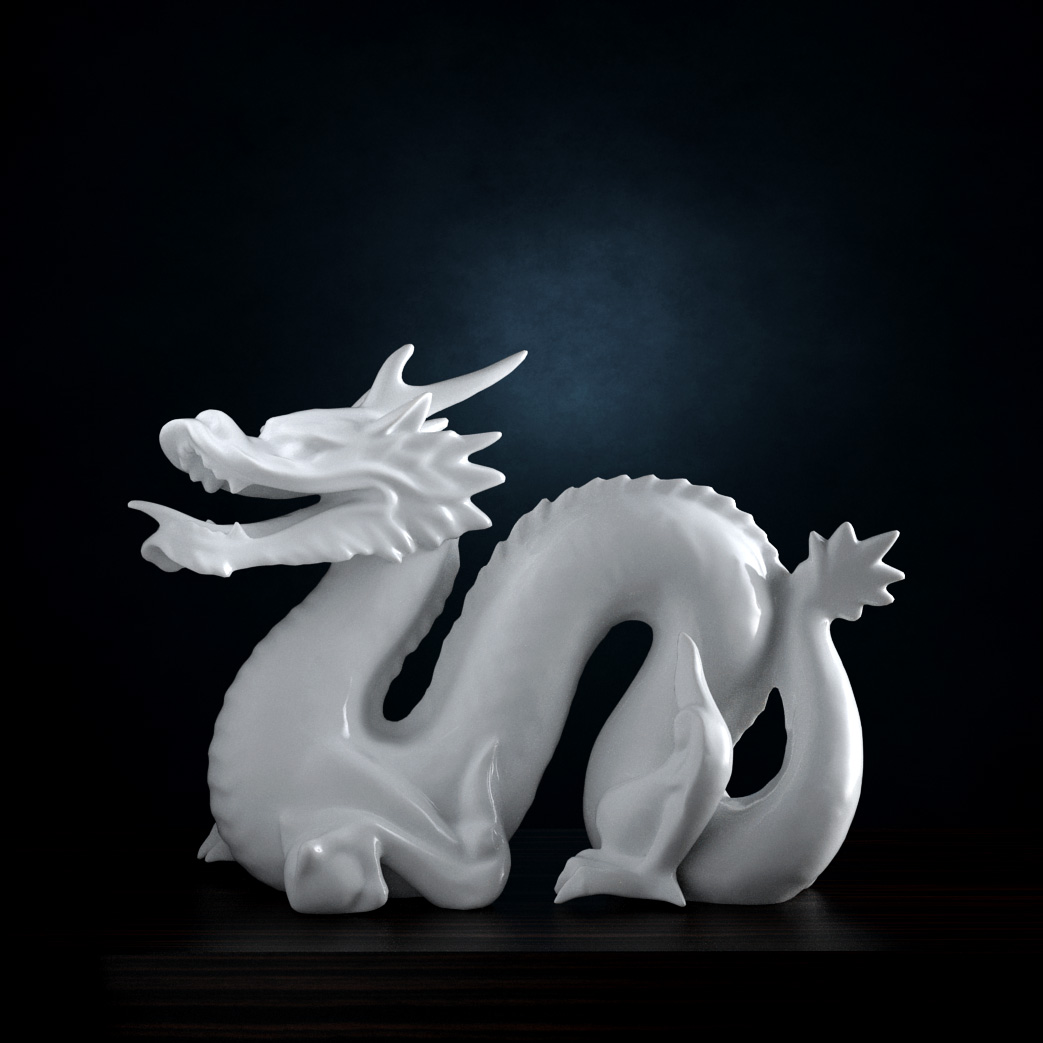
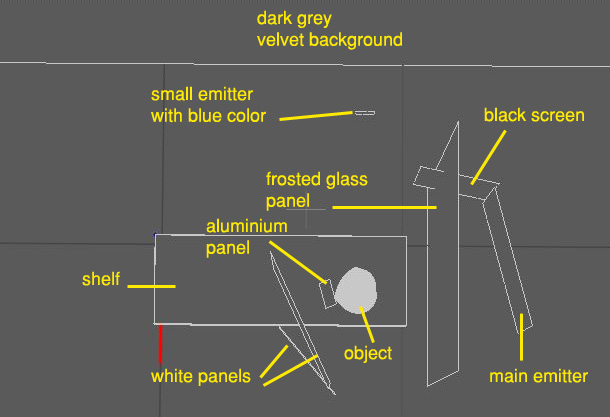
-
@massimo said:
I'm experimenting in recreating still life set-ups taken from real life. Here is one, I've also attached a schematic setting of the scene for those who are interested.
Rendered in Thea.
[attachment=1:3p74nvwk]<!-- ia1 -->dragon_finale_jpg.jpg<!-- ia1 -->[/attachment:3p74nvwk]
[attachment=0:3p74nvwk]<!-- ia0 -->setup.jpg<!-- ia0 -->[/attachment:3p74nvwk]Thanks for this masimo. Just before you posted it I was thinking about contacting a professional photographer I know to get some tips on studio photography in the real world. Many of the contributors to this thread, including myself, took an easy route, using easily accessible render features without spending a lot if time trying to achieve a more profound studio effect.
Woukd you mind if i included your schematic and rendering in another article I am writing about basic rendering concepts. I will be glad to credit you your contribution.
Did you actually use a model like the schematic, and if so, where dud the eye go?
-
angry dragon...
(Renditioner v3)
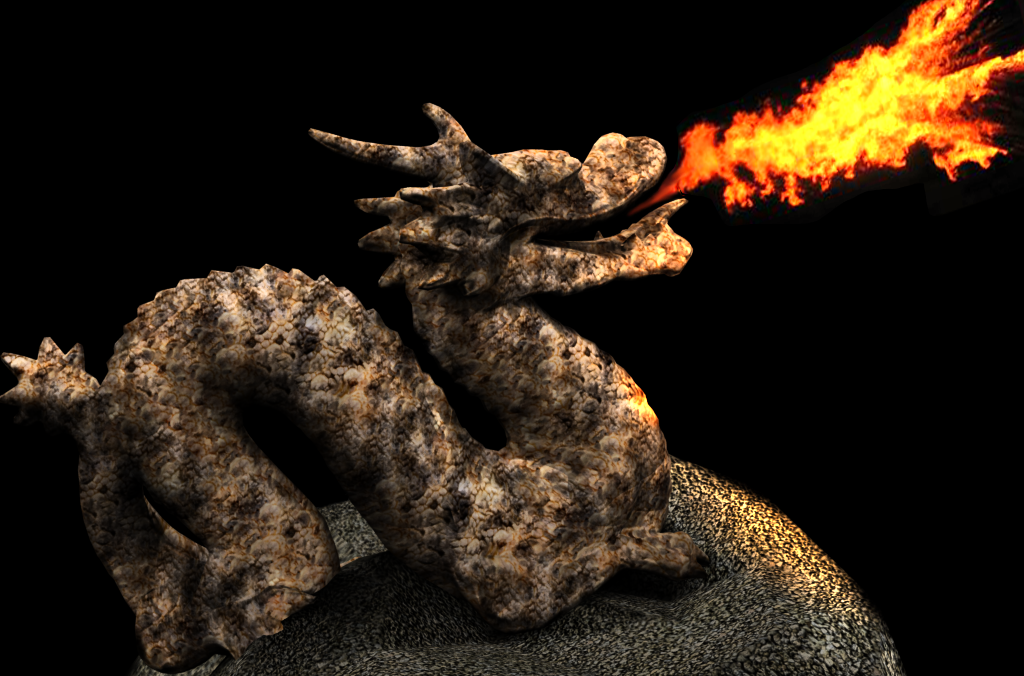
-
@al hart said:
without spending a lot if time trying to achieve a more profound studio effect.
That's indeed time consuming, but you have a lot more control on the effects and, at the end, indeed a "more profound effect" as you said.
@al hart said:
Woukd you mind if i included your schematic and rendering in another article I am writing about basic rendering concepts. I will be glad to credit you your contribution.
No problem. Anyway I took the basic set-up from here. It's in italian, but you have a lot of images to look at.
@al hart said:
Did you actually use a model like the schematic
Yes, what I've posted is the Thea's workspace view from above.
@al hart said:
...and if so, where dud the eye go?
Sorry, not sure to understand this. You mean where is placed the camera?
-
Renditioner V3.
Advanced glass.
Background for small object.
studio neutral 2 lighting.
Quality medium.
Render time 9 minutes.
Photo chopped for light levels.
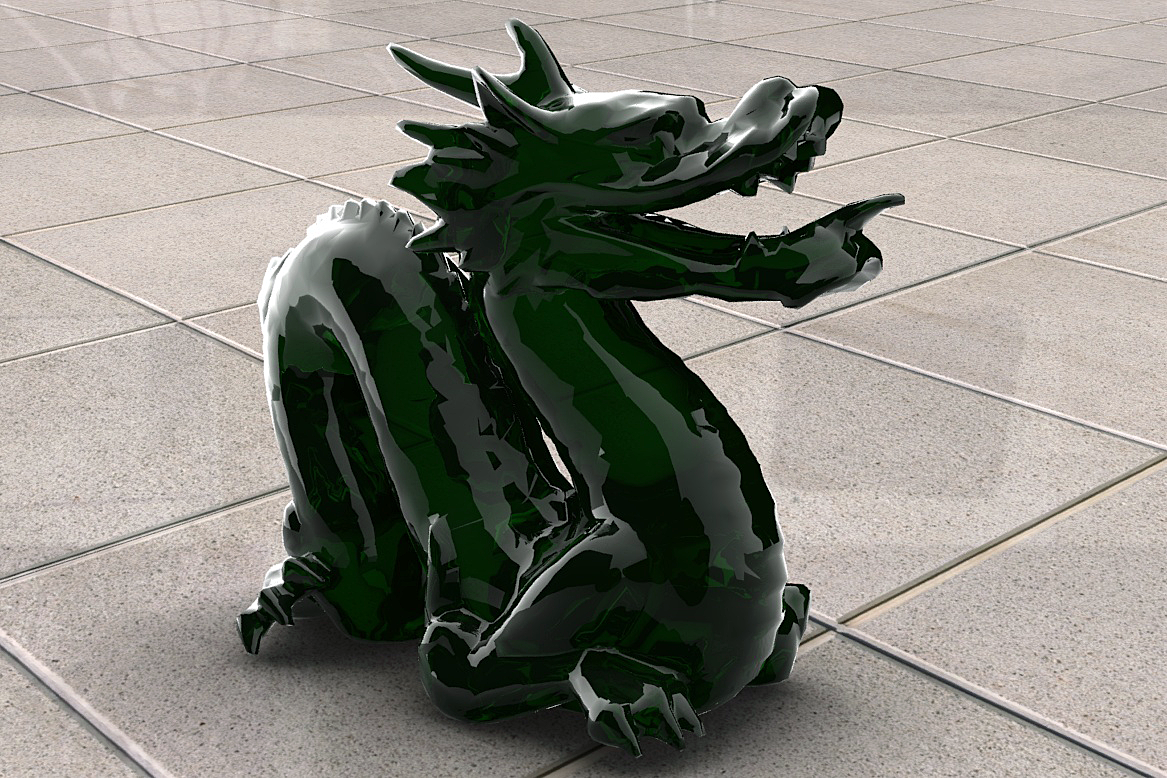
-
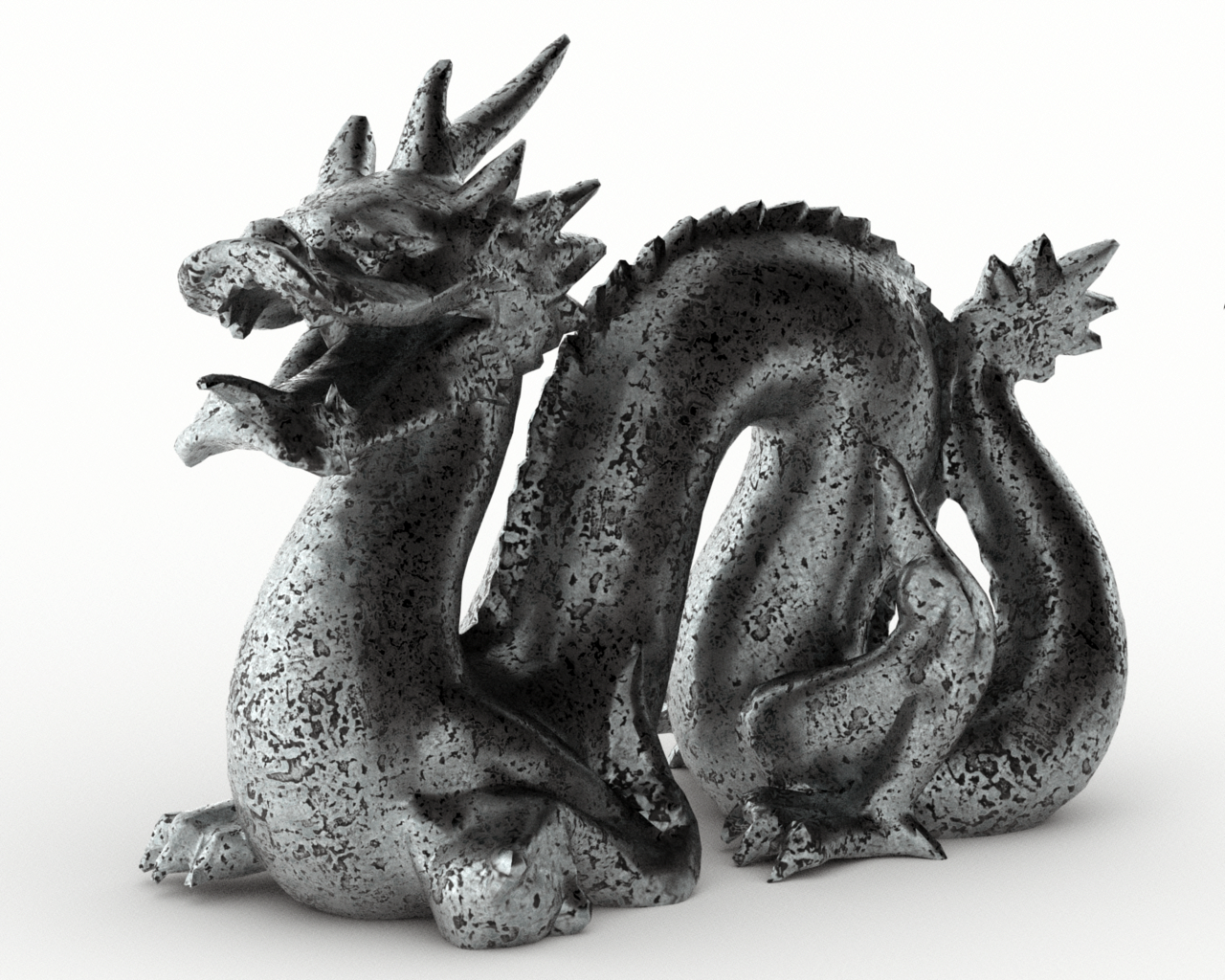
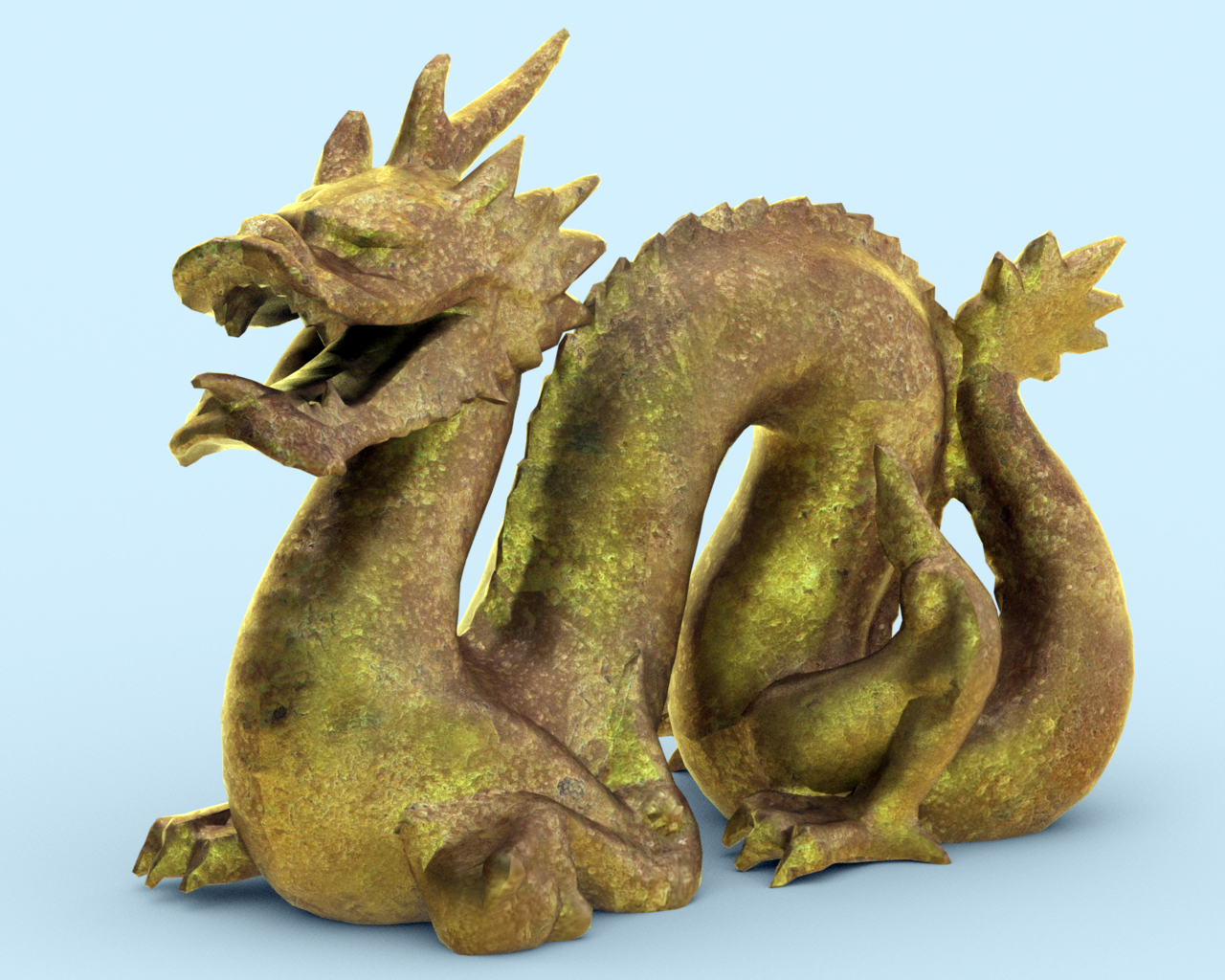
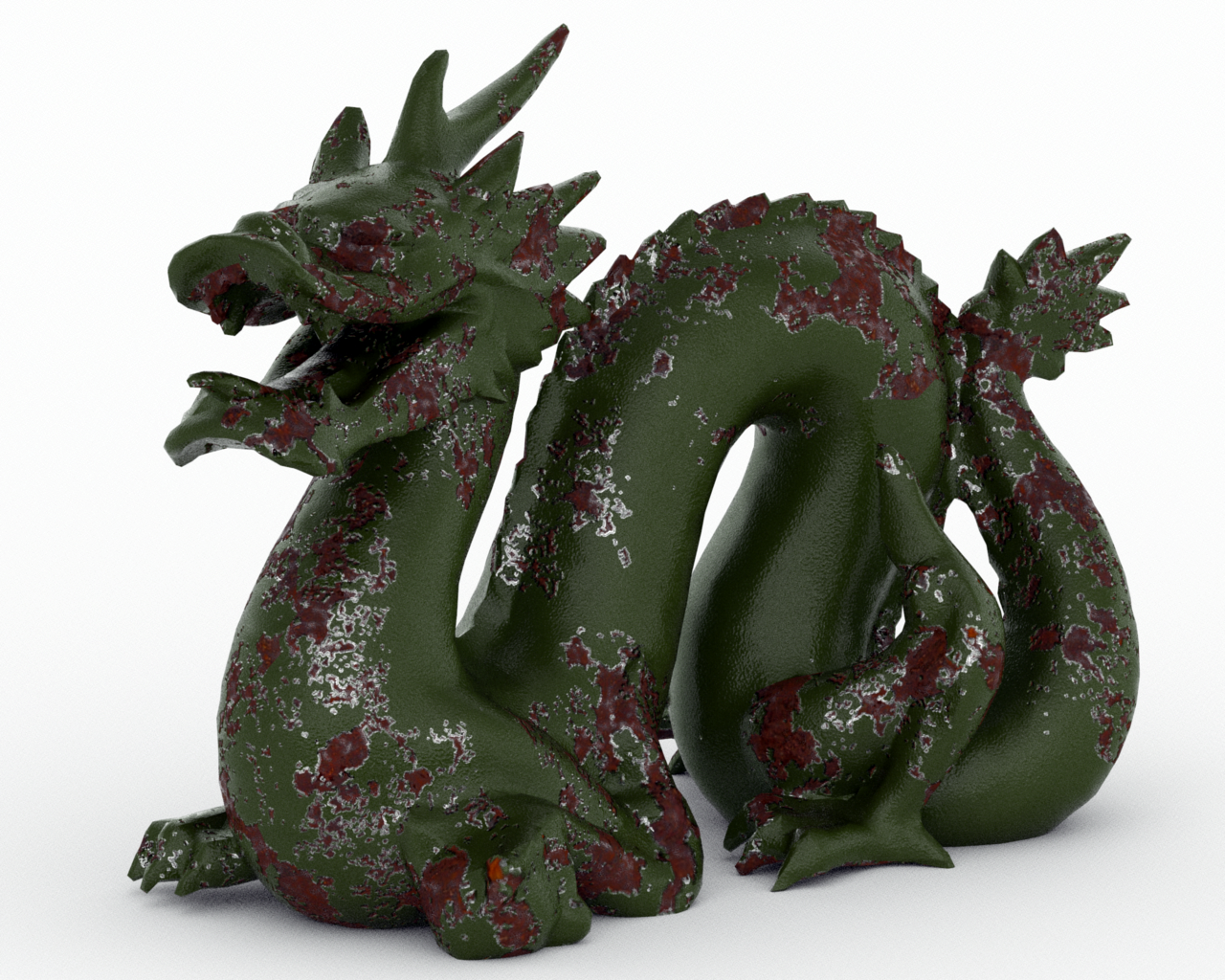
-
As far as I know Lightup can't do SSS so I used some liquid material settings instead because the glass didn't look nice. Rendering time 2 minutes 30 seconds. Maybe Adam himself has a trick for making it look more like glass?
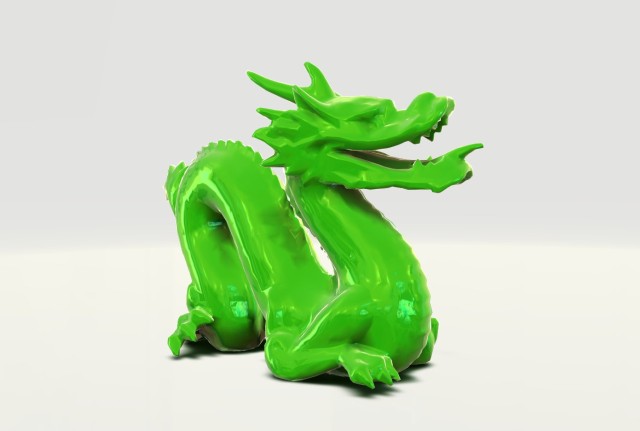
-

-

now put some fire in its mouth please. -
Rich - is that Blender cycles?
Ah, guessing from the animation, I presume it is Blender...
-
-
@massimo said:
Sorry, not sure to understand this. You mean where is placed the camera?
Yes - I meant: "Where is the camera with regard to the schematic"
-
-
Stone dragon
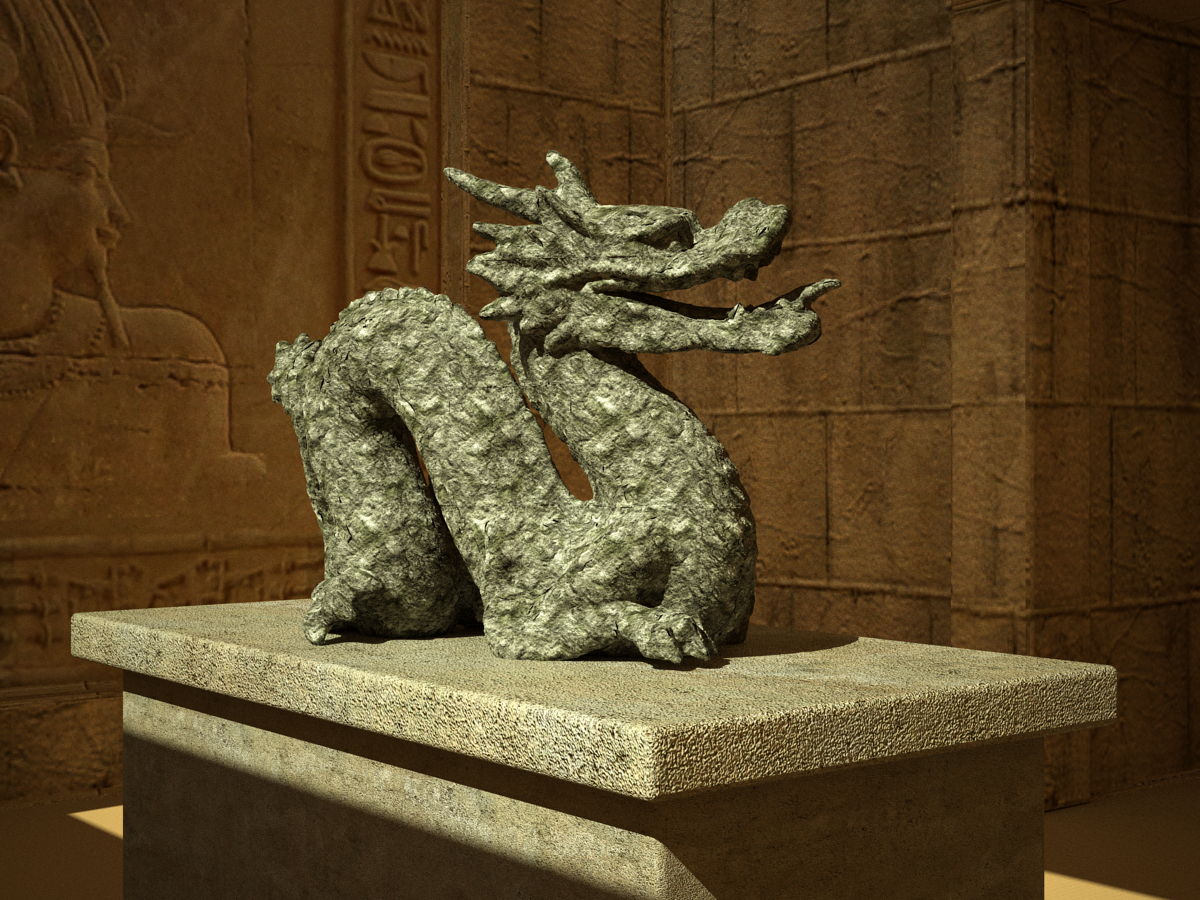
-
How does my simulation look?

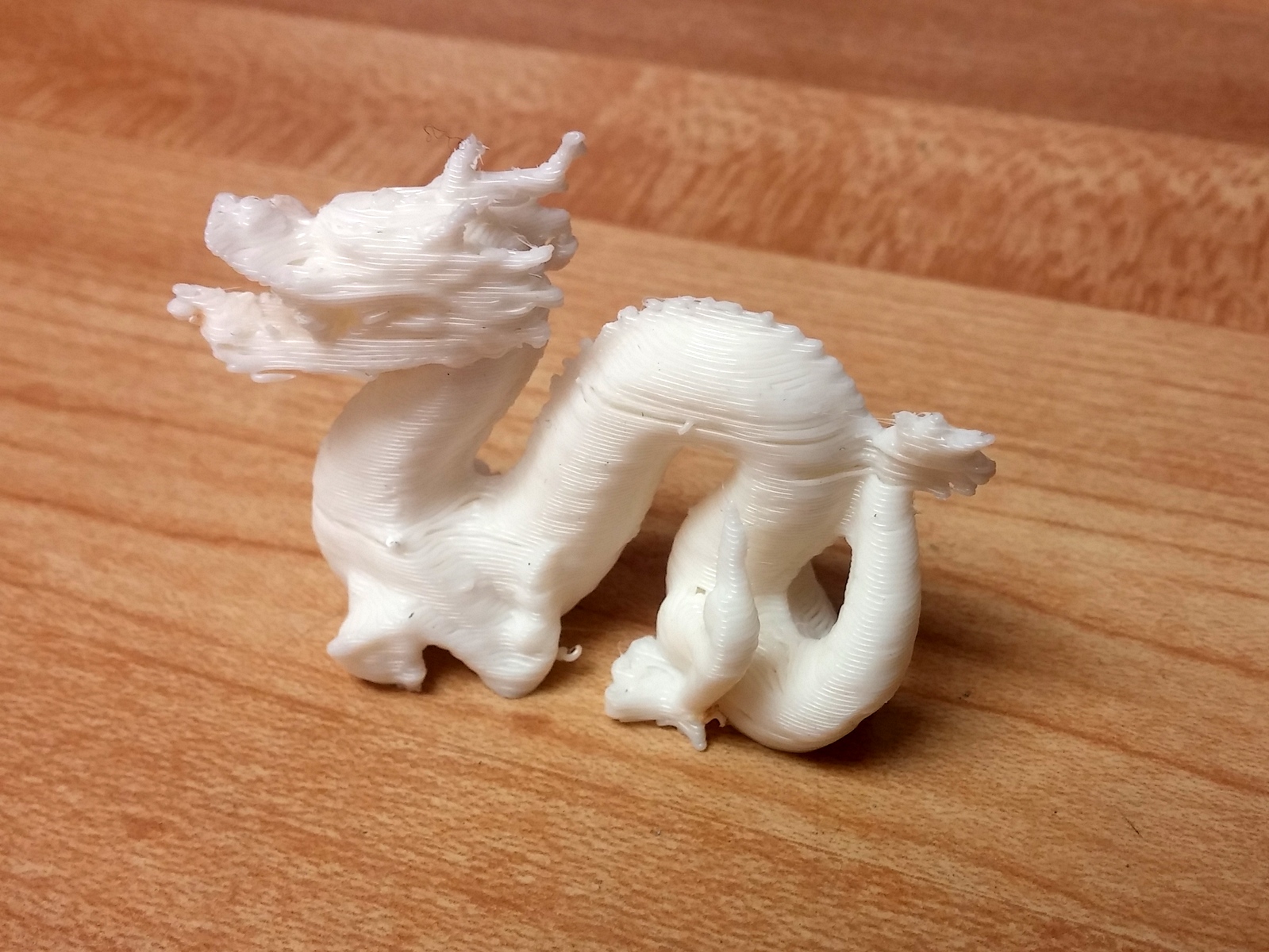
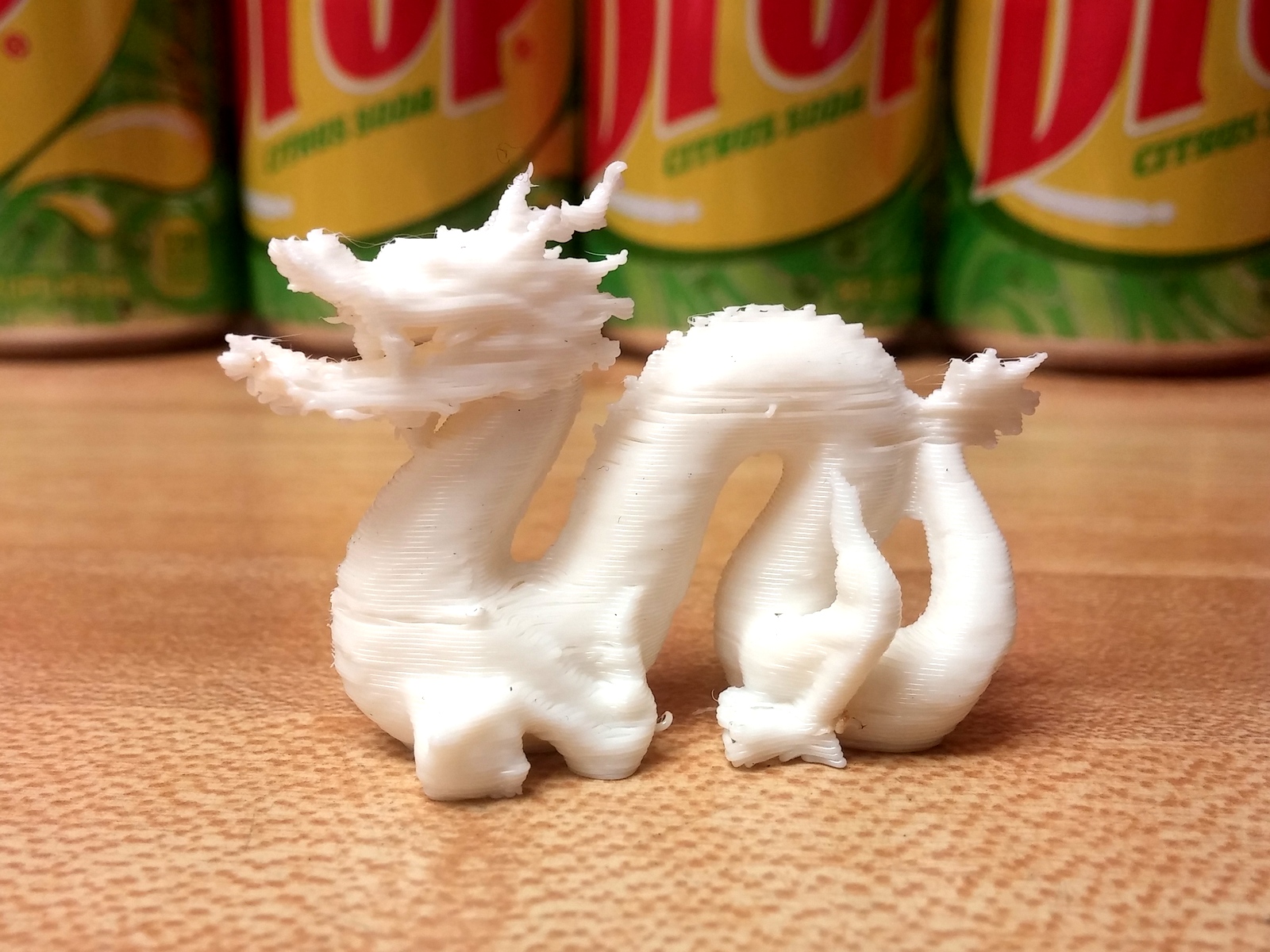
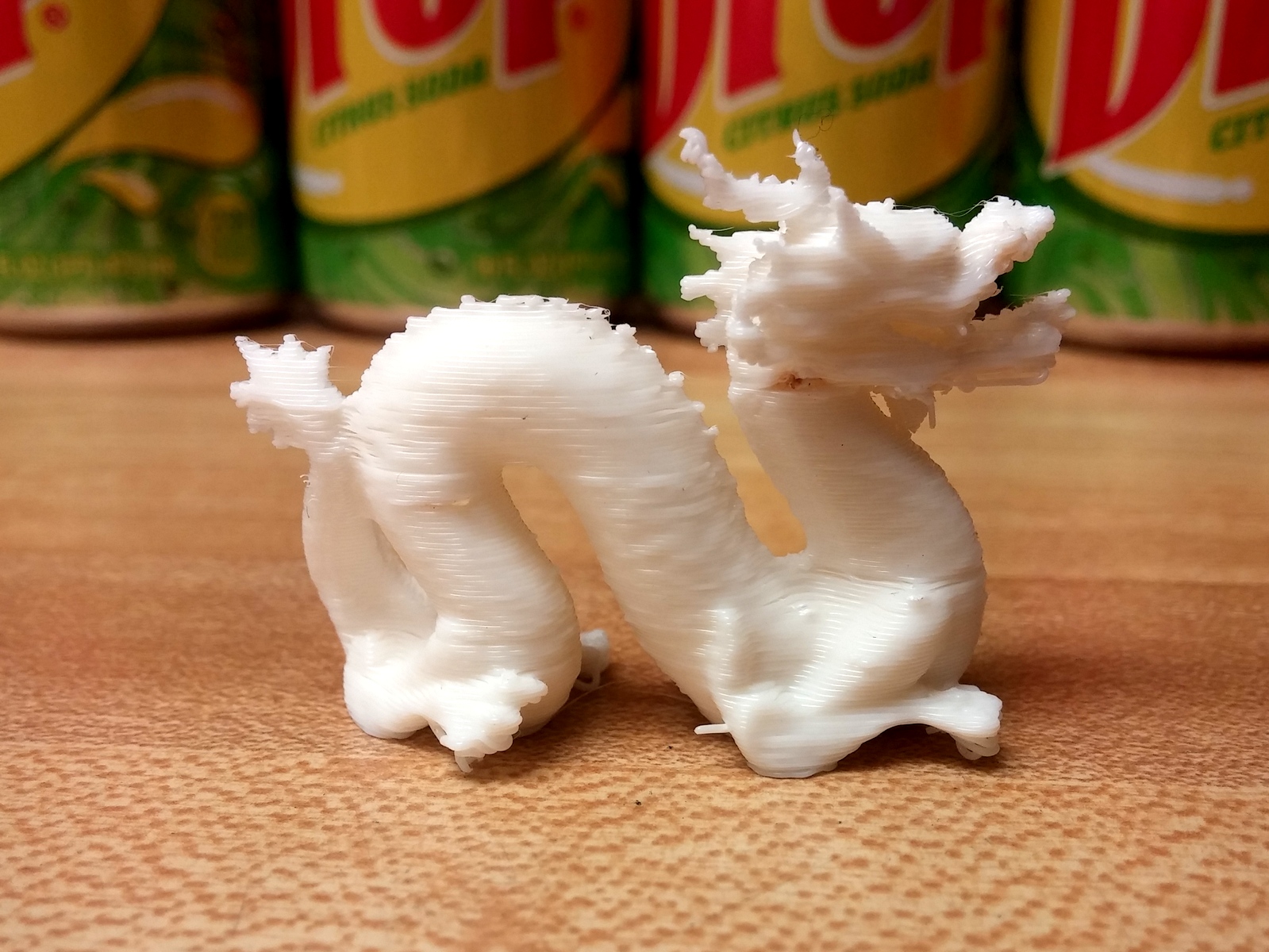
Ok, these are real photos, if you couldn't tell.
 I scaled the model down to 2" long and printed it on my little Solidoodle 3D printer. My printer needs some calibration, as you can tell from the stringy bits and uneven layers, but at least the photos can be used as reference for real world lighting conditions.
I scaled the model down to 2" long and printed it on my little Solidoodle 3D printer. My printer needs some calibration, as you can tell from the stringy bits and uneven layers, but at least the photos can be used as reference for real world lighting conditions.
Advertisement
 ]
]
